Hla And Disease Association
Hla and disease association. HLA gene variation was first linked to human disease with the discovery of the association between HLA-B and Hodgkin lymphoma 1. HLA-B51 B51 is an HLA-B serotypeThe serotype identifies the more common HLA-B51 gene products. First there may be linkage disequilibrium between alleles at a particular disease-associated locus and the HLA allele associated with that disease.
Since the first association between HLA and diseases of native kidneys was described almost 50 years ago technological and conceptual advances. A major aim of HLA and disease association studies is to identify the causative HLA factor truly responsible for the association. Although more than 200 associations between HLA and disease immune-mediated or not have been described the underlying pathogenic mechanisms remain poorly defined 7 8 9.
This is true for HLA-A3 and idiopathic hemochromatosis. It is now over forty years since the first associations between particular HLA antigens and disease susceptibility were described and the identification of large numbers HLAassociated diseases parallels our increased understanding of the genetic complexity of the HLA system and its. There are two general explanations for HLA and disease associations.
An HLA disease association is defined as a statistically increased frequency of the HLA haplotype in individuals with the specific disease compared to the frequency in individuals without the. It is now over forty years since the first associations between particular HLA antigens and disease susceptibility were described and the identification of large numbers HLA-associated diseases parallels our increased understanding of the genetic complexity of the HLA system and its extensive polym. This is usually difficult due to the pronounced linkage disequilibrium between most HLA determinants.
There are a number of reported interconnections between the HLA genotype and the sensitivity to SARS-CoV-2. Individual combinations of HLA class I receptors essentially affect the severity of multiple infectious diseases including malaria 5 tuberculosis 6 HIV 7 and viral hepatitis 4. It is now over forty years since the first associations between particular HLA antigens and disease susceptibility were described and the identification of large numbers HLA associated diseases parallels our increased understanding of the genetic complexity of the HLA system and its extensive polymorphism.
These cell-surface proteins regulate the immune system in humans. The causative factor must. Disease association studies typically treat each HLA allele as a single complete unit which does not illuminate the parts of the molecule associated with disease.
There are many alleles within the B51 allele group. B51 is associated with several diseases including Behçets disease.
There is one cluster of genes called the HLA genes that is a well-known hotspot for disease associations.
Although iden tification of HLA antigens was of primary clinical importance in transplantation 2 and of great basic interest in human genetics and anthropology a rather un expected bonus has been the determination that HLA antigens are associated with disease susceptibility to a greater extent than any other known genetic marker in man. There are a number of reported interconnections between the HLA genotype and the sensitivity to SARS-CoV-2. Although iden tification of HLA antigens was of primary clinical importance in transplantation 2 and of great basic interest in human genetics and anthropology a rather un expected bonus has been the determination that HLA antigens are associated with disease susceptibility to a greater extent than any other known genetic marker in man. Human leukocyte antigen HLA is the main genetic factor related to autoimmune diseases accounting for a half of known genetic predisposition 6. Although more than 200 associations between HLA and disease immune-mediated or not have been described the underlying pathogenic mechanisms remain poorly defined 7 8 9. B51 is a split antigen of the broad antigen B5 and is a sister serotype of B52. An HLA disease association is defined as a statistically increased frequency of the HLA haplotype in individuals with the specific disease compared to the frequency in individuals without the. There are two general explanations for HLA and disease associations. Since the first association between HLA and diseases of native kidneys was described almost 50 years ago technological and conceptual advances.
It is now over forty years since the first associations between particular HLA antigens and disease susceptibility were described and the identification of large numbers HLA-associated diseases parallels our increased understanding of the genetic complexity of the HLA system and its extensive polym. It is now over forty years since the first associations between particular HLA antigens and disease susceptibility were described and the identification of large numbers HLAassociated diseases parallels our increased understanding of the genetic complexity of the HLA system and its. Human leukocyte antigen HLA is the main genetic factor related to autoimmune diseases accounting for a half of known genetic predisposition 6. This is usually difficult due to the pronounced linkage disequilibrium between most HLA determinants. B51 is associated with several diseases including Behçets disease. Disease association studies may incorrectly associate an HLA allele with disease risk when the actual gene is distinct but physically close example. Although iden tification of HLA antigens was of primary clinical importance in transplantation 2 and of great basic interest in human genetics and anthropology a rather un expected bonus has been the determination that HLA antigens are associated with disease susceptibility to a greater extent than any other known genetic marker in man.






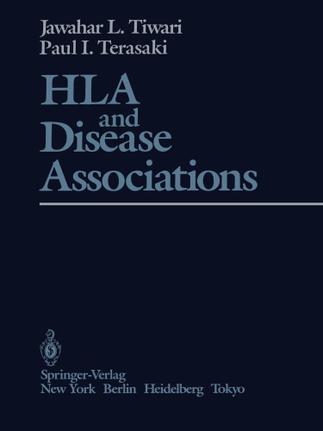








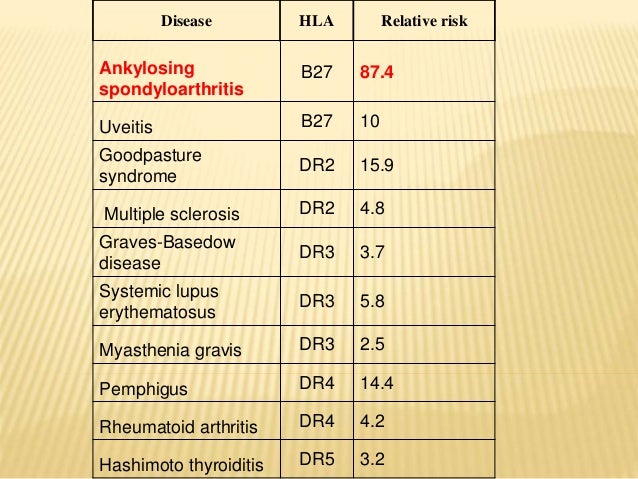
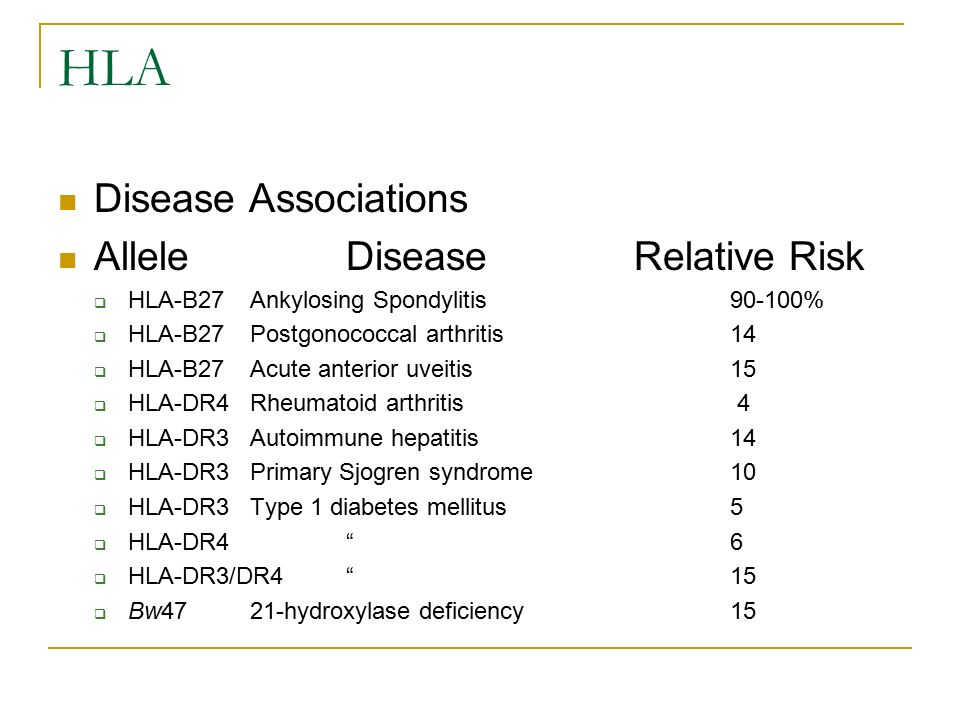







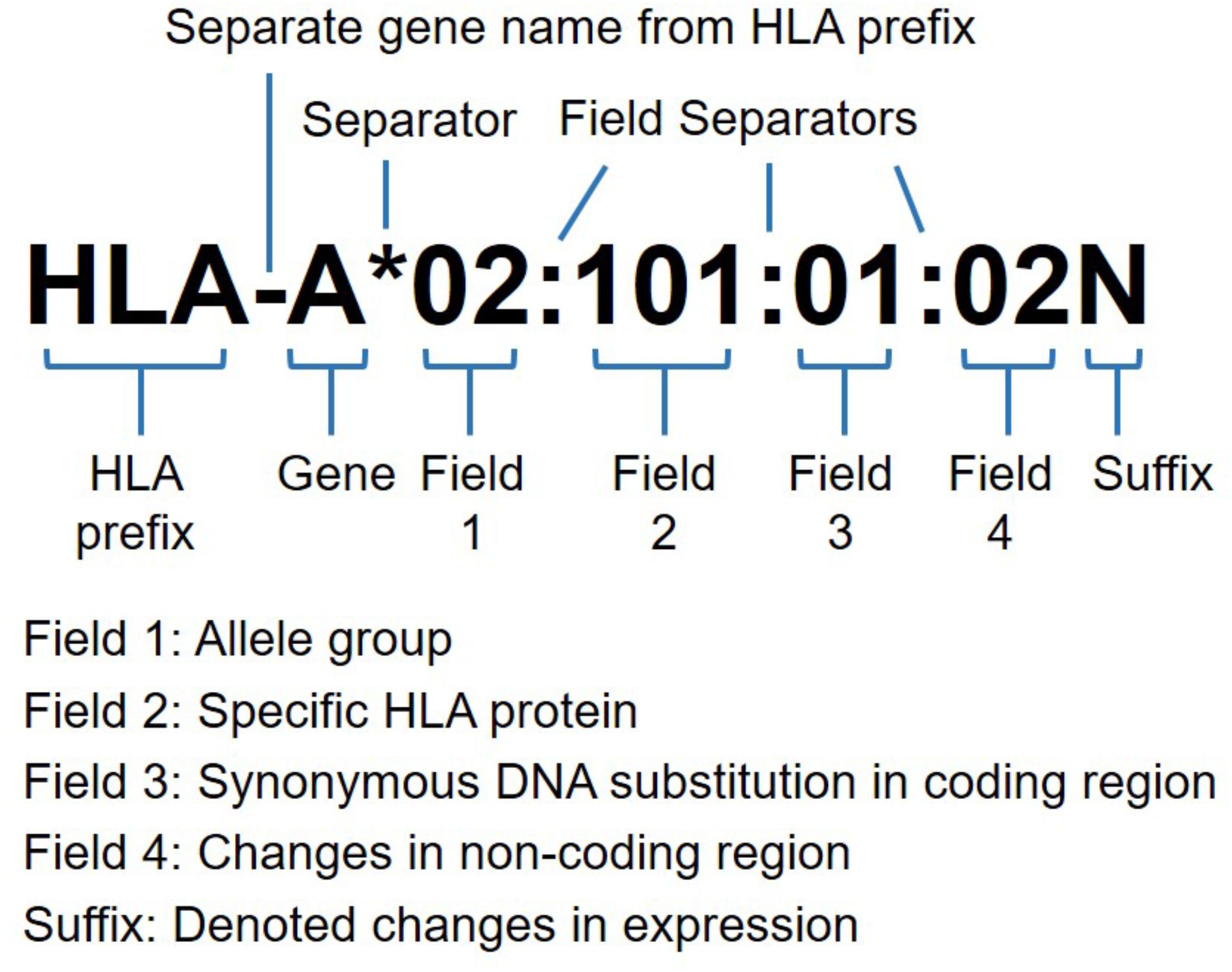

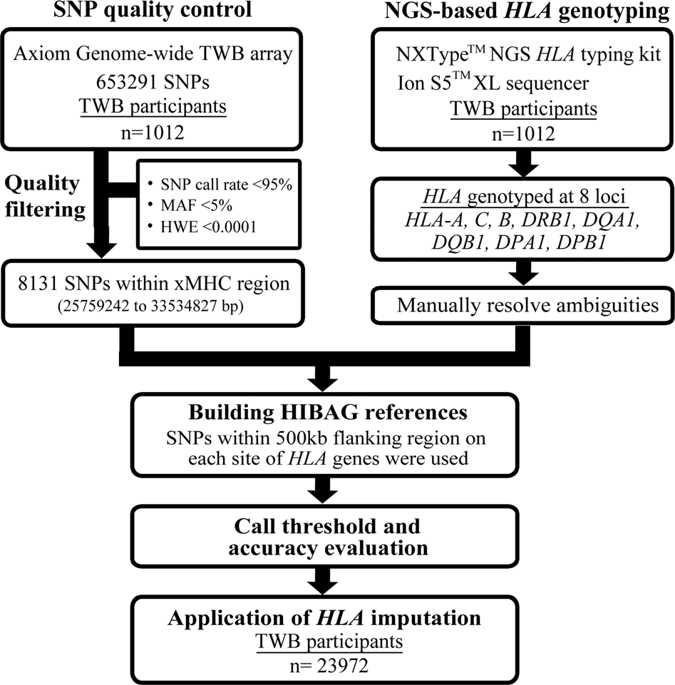
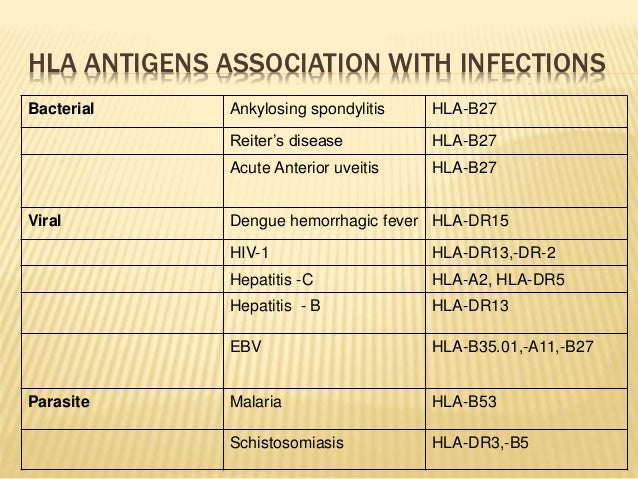



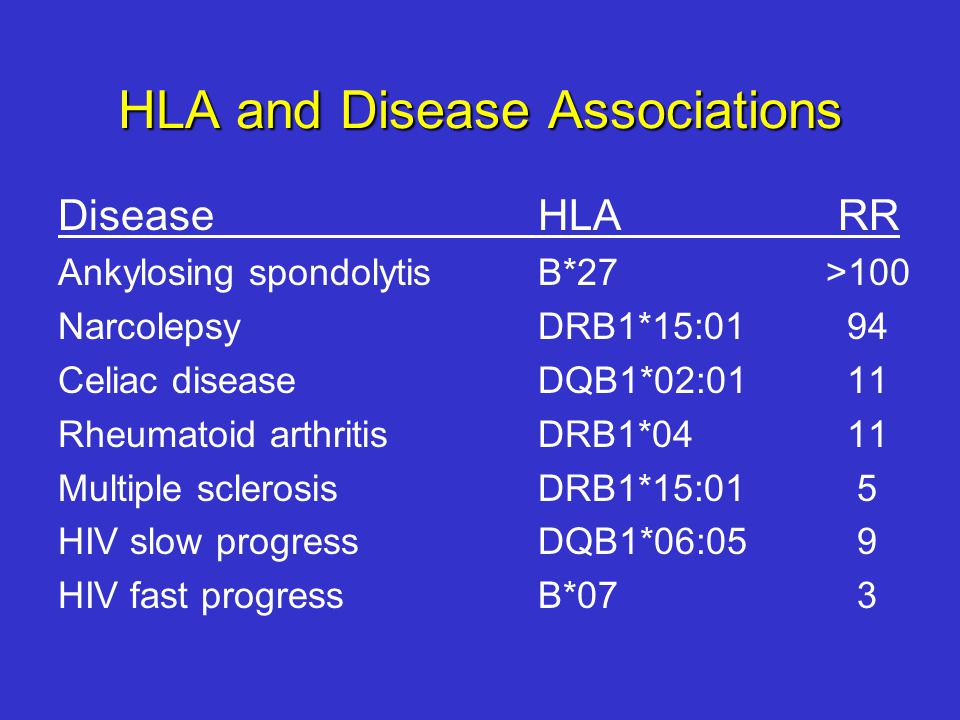

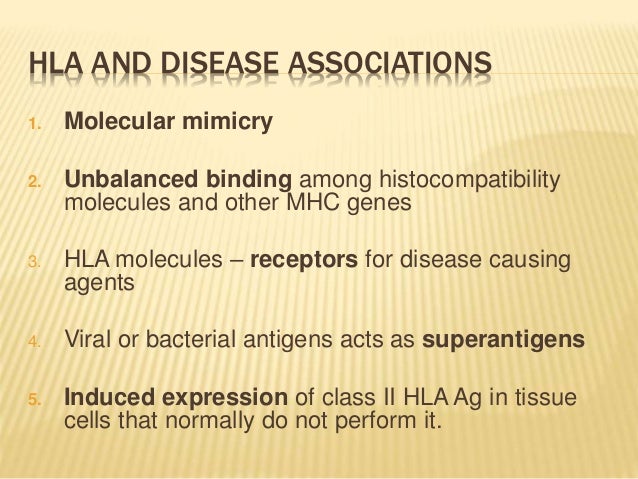



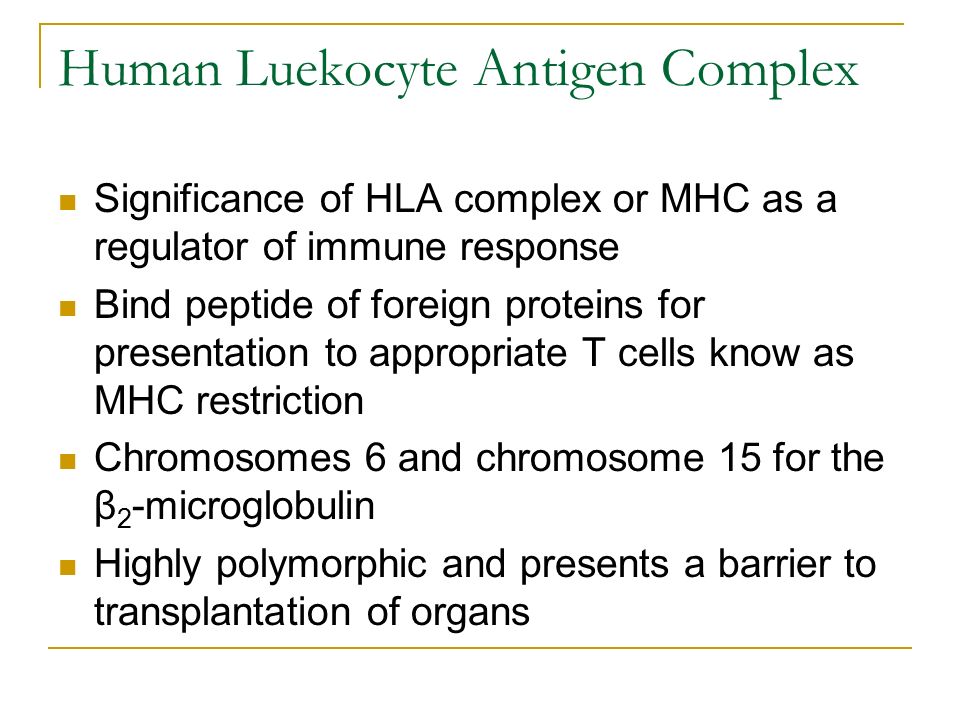


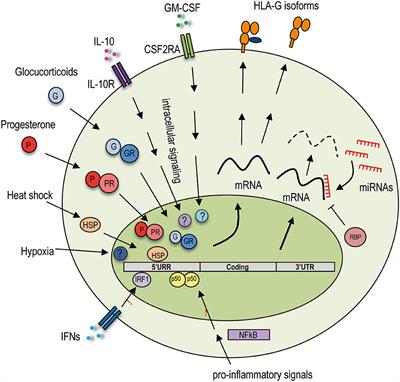

Post a Comment for "Hla And Disease Association"